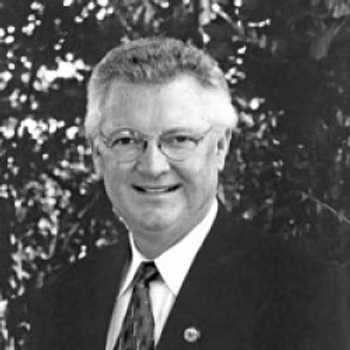Rick Evans has seen major changes in wildlife in his native south Arkansas, and he’s been involved in most of them to some extent.
As a member of a multi-generational timber and lumber family, the changes have been close at hand for him in his Calion surroundings a new miles north of El Dorado.
Deer, always plentiful in south Arkansas, thrived even more under the shift from individual and family owned tracts to the holdings of major timber companies. Use of this land also changed dramatically when widespread leasing to hunting clubs came into practice as a secondary income source for the timber companies.
The deer were numerous, but too much buck-only hunting skewed the buck-doe ratio to the point wildlife biologists were extremely concerned. A major turnaround came in 1998 when Evans and the other members of the Arkansas Game and Fish Commission put in the three-point rule, meaning a buck had to have at least three points on one side of its antlers to be a legal target for hunters.
The theory was to let bucks get more age as a step to overall herd improvement. It worked. Not a cure-all by any means, the three-point rule showed Arkansas hunters that proper management could improve deer from the overtake of young male animals to more balanced harvests of older males and female.
Evans said, “When I came on board at the Game and Fish Commission in 1994, 90 percent of our deer harvest was bucks and 70 percent of those were a year and a half old. We knew we couldn’t fix the problem all in one year, but we got a start on it.”
Turkeys were declining, he said, in 1994. due to habitat changes, disease and predators. Within a few years and with the aid of favorable weather in nesting seasons, turkey numbers went up sharply, especially in Evans’ south Arkansas. Poor hatches in recent years have dropped the numbers again, with hunting restrictions part of the solution.
In his term as a Game and Fish commissioner, Evans helped ease a sticky problem of houseboats, permanent residences, using public land on the Ouachita River.
Especially satisfying to him was the AGFC acquisition of Grand Prairie, the first land purchase after the Conservation Sales Tax was passed in November 1996. The 4,895-acre tract west of Hope was “cows and bois d’arc (trees)” when bought, Evans said. Today it is a popular hunting, fishing and educational facility that bears his name – Rick Evans Grand Prairie Conservation Education Center and Rick Evans Wildlife Management Area.
